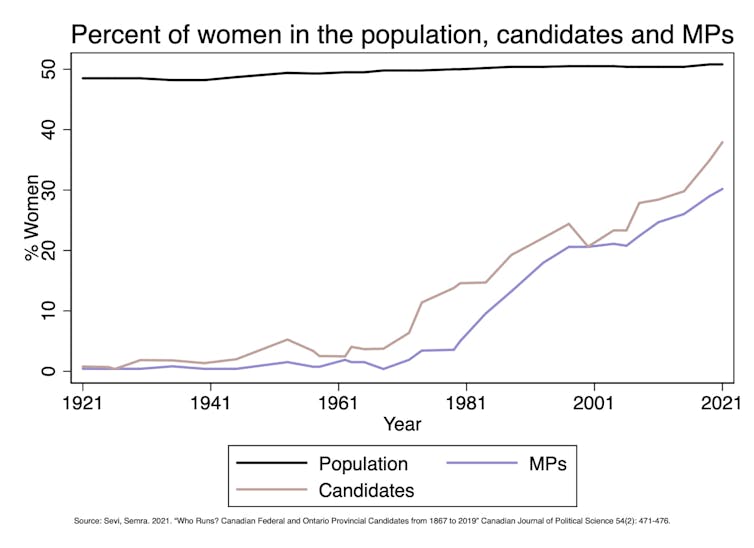“For some of Peter Nygard’s victims, justice was delayed but not denied,” by Joanna Pozzulo, Carleton University
Canadian fashion designer Peter Nygard was charged with five counts of sexual assault and one count of forcible confinement occurring in his downtown Toronto office related to incidents between the 1980s and 2005. On Nov. 12, he was found guilty of four counts of sexual assault and acquitted of one count of sexual assault and one count of forcible confinement.
Nygard faces numerous other sexual assault charges dating back decades in Québec, Manitoba and the United States.
In 1967, Nygard founded a multi-million-dollar fashion house, Nygård International. He was one of the few Canadian designers who were successful in global fashion, and the company would remain a mainstay in womenswear in North America for decades.
Prevalence of Sexual Assault
At the height of the #MeToo movement in 2017, several high-profile defendants were charged with sex crimes. In these cases, it was common for defendants to have numerous victims with assaults taking place over decades-long timespans.
Former film producer Harvey Weinstein had more than 80 women accuse him of sexual harassment or assault as far back as the 1970s. He has been found guilty of numerous charges.
Former Canadian radio host Jian Ghomeshi was accused by eight women of sexual abuse, with alleged incidents occurring in 2002 and 2003 — five charges were laid in 2014. Ghomeshi was acquitted of all charges in 2016.
According to Statistics Canada, police-reported cases of sexual assault were at their highest in 2021.
Factors Impacting Verdict And Perceptions
A delay in reporting sexual assault can decrease the likelihood of charges being laid. Although this decrease is not necessarily specific to sexual assault, physical evidence like blood and semen is lost if not collected soon after the crime, potentially making a conviction more difficult.
In sexual assault cases, it may become a matter of victim versus defendant credibility. Although a defendant’s race can impact case outcomes, with higher rates of minorities being incarcerated, the interaction of defendant race and status in these types of cases is less clear.
Our research investigated how juror decision-making could be affected by defendants’ occupational status and race, along with the number of alleged victims and the delay in reporting a sexual assault. We presented 752 mock jurors with a fictional trial transcript and asked them to provide a verdict, a rating of guilt, and ratings regarding their perceptions of the victim and defendant.
Results indicated that mock jurors were more likely to reach a guilty verdict and perceive the defendant less favourable and the victim more favourable when the defendant was white (as opposed to Black), and when there were multiple allegations against the defendant.
A delay in reporting sexual assault was not influential for mock jurors’ ratings, nor was occupational status. It is possible for high-profile defendants to be held accountable numerous years after committing their crimes. Multiple allegations may provide credibility to the accusations.
Nygard’s Accumulated Charges
Several alleged victims of assaults by Nygard are awaiting their day in court. Additional allegations of sex crimes perpetrated by Nygard will continue to be tested in court, with an upcoming court date in Québec in the new year.
Neither Nygard’s high-profile status nor the delay in reporting from his victims protected him. For some of Nygard’s victims, justice was delayed but not denied.![]()
Credits
Joanna Pozzulo, Chancellor’s Professor, Psychology, Carleton University
This article is republished from The Conversation under a Creative Commons license. Read the original article.




 Committing To Acts Of Kindness
Committing To Acts Of Kindness

 Palestine: Other Peace Movements
Palestine: Other Peace Movements